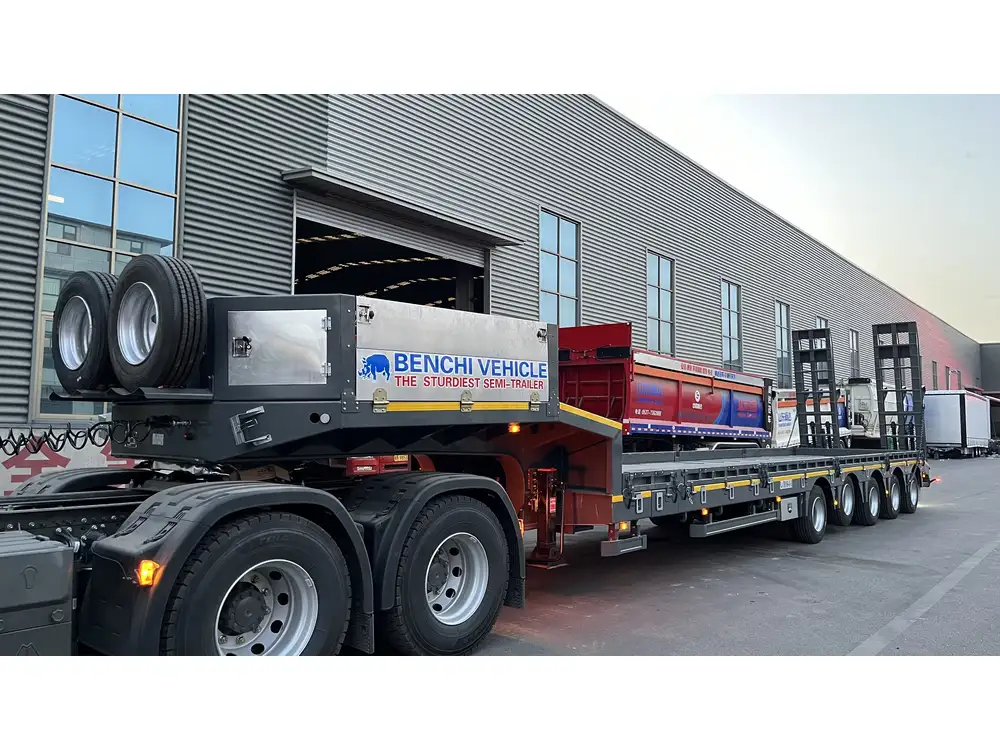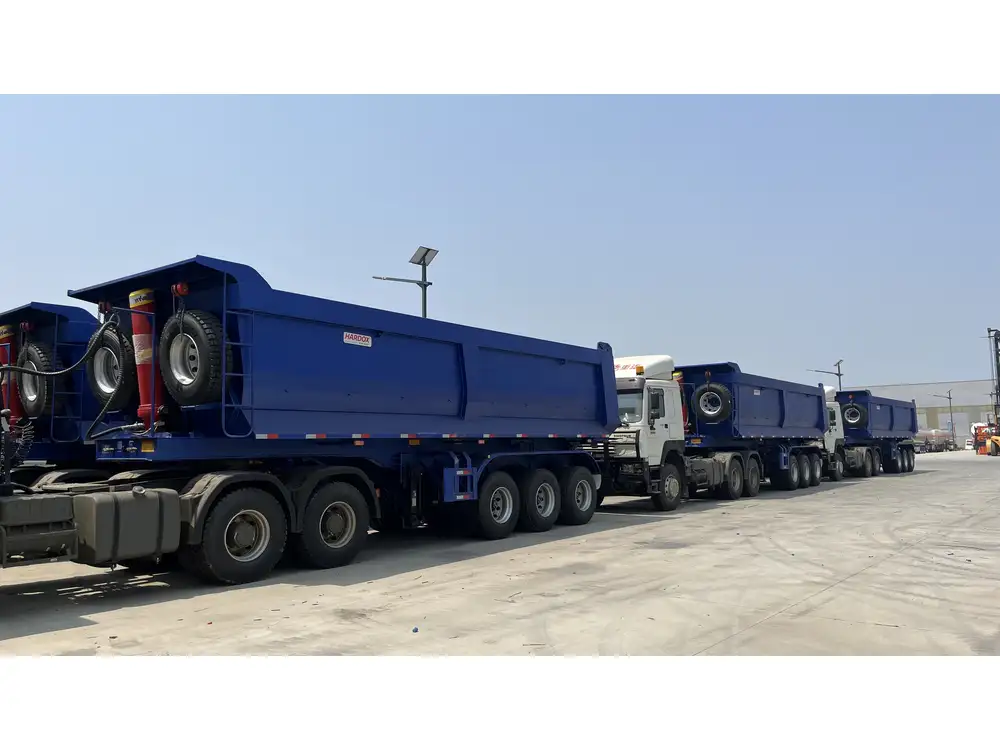Building a flatbed car trailer can be a rewarding project, enabling you to transport vehicles effectively or generate income through trailer rentals. This guide will navigate you through the intricacies of constructing your own flatbed car trailer, leveraging clarity and comprehensiveness to ensure an informative experience. We’ll break down the process into manageable sections, surrounded by practical insights and detailed instructions.
Table of Contents
- Understanding Flatbed Car Trailers
- Essential Materials and Tools
- Design and Planning Your Trailer
- Step-by-Step Trailer Construction
- Frame Fabrication
- Installing the Axles
- Deck Installation
- Safety Features
- Legal Considerations and Registration
- Maintenance Tips
- Frequently Asked Questions
Understanding Flatbed Car Trailers
Flatbed car trailers are designed with a level flat surface without sides or a roof, making them versatile for transporting not just vehicles but also heavy equipment and materials. Their minimalist structure ensures maximum usability while allowing for modifications to suit specific transport needs.

Advantages of Flatbed Trailers
- Versatility: Can transport various goods.
- Ease of Loading and Unloading: The open design allows for straightforward access.
- Robustness: Generally constructed from durable materials that can withstand significant weight.
Essential Materials and Tools
Before embarking on your project, gathering all necessary materials and tools will streamline the construction process. Here’s a breakdown:
Materials Required
| Item | Description |
|---|---|
| Steel Tubing | Used for the trailer’s frame; choose between square or rectangular depending on needs. |
| Axles | Choose the appropriate weight rating based on intended use. Double-axle will offer better stability. |
| Wheels and Tires | Ensure they are rated for the weight of the trailer. |
| Wood or Composite Decking | Durable surface material for the trailer bed. |
| Safety Chains | Required for securing the trailer to the tow vehicle. |
| Paint and Sealant | To protect against rust and improve aesthetics. |

Tools Needed
- Welding Machine: For joining steel components.
- Drill and Bits: For creating holes for bolts and screws.
- Angle Grinder: For cutting and finishing metal pieces.
- Measuring Tape: Essential for accurate measurements.
- Level: Ensures your trailer deck is flat.
Design and Planning Your Trailer
Designing the trailer starts with defining specifications such as size and weight capacity.
Trailer Specifications
- Length: Most car trailers range from 12 to 30 feet; choose based on the vehicles you plan to transport.
- Width: Typically 6 to 8 feet; consider wider trailers for larger vehicles.
- Weight Capacity: Must accommodate the weight of the vehicles. A standard flatbed trailer can support between 7,000 to 14,000 lbs.

Creating a Blueprint
- Sketch the Design. Illustrate the frame, layout, and axle position.
- Calculate Weights. Ensure structural integrity and balance of the trailer.
- Plan Assembly Workflow. A logical approach helps in efficient construction.
Step-by-Step Trailer Construction
With all preparations in place, the construction process can begin:
Frame Fabrication
- Cut the Steel Tubing: Measure and cut the steel to the desired lengths for the frame.
- Weld the Frame: Use the welding machine to join the pieces. A rectangular frame ensures sturdiness.
- Add Cross Bracing: For enhanced structure stability, add diagonal bracing.

Installing the Axles
- Determine Axle Placement: Position axles based on your design to prevent trailer sway.
- Mount the Axles: Utilize brackets or bolt-on axle systems for easy adjustments.
- Attach Suspension Components: Ensure smooth towing and load distribution.
Deck Installation
- Lay the Decking Material: Start from one end and work to the other, ensuring it fits snugly against the frame.
- Secure the Deck: Use screws or bolts to attach the decking thoroughly. Consider a pattern for even weight distribution.
Safety Features
- Install Safety Chains: Attach securely to the frame to comply with regulations.
- Add Reflective Tape: Ensure visibility, especially during nighttime.
- Check Lighting: Install brake lights and turn signals as per legal requirements.

Legal Considerations and Registration
Once your flatbed trailer is built, ensuring compliance with local regulations is paramount.
Registration Process
- Check Local Laws: Determine if your trailer requires inspection.
- Gather Necessary Documentation: Typically include proof of origin, specifications, and safety compliance.
- Apply for Registration: Visit your local DMV or the equivalent authority to register your trailer.
Maintenance Tips
To prolong the life of your flatbed car trailer, routine maintenance is essential.

Regular Maintenance Checklist
| Maintenance Task | Frequency |
|---|---|
| Inspect Tires | Monthly |
| Check Safety Features | Before every use |
| Lubricate Moving Parts | Every six months |
| Inspect for Rust | Seasonally |
Additional Care
- Store the trailer properly to avoid damage during unpredictable weather.
- Use rust-resistant paint to protect metal surfaces.
Frequently Asked Questions

What is the best material for a flatbed trailer?
Steel is often preferred for its strength and durability, while aluminum can be lighter but may not support heavier loads as effectively.
How much weight can a flatbed car trailer carry?
Weight capacities can vary widely, but most flatbed trailers support between 2,000 to 14,000 lbs, depending on design and material usage.
Can I build a flatbed trailer using plywood?
While plywood can be used for decking, it’s recommended to use composite or treated wood for better durability and resistance to weather effects.

What safety features are mandatory for trailers?
Mandatory features typically include reflective markings, working lights, and safety chains.
Conclusion
Building a flatbed car trailer is not only a practical skill but also a significant investment for both personal use and potential business opportunities. By following this guide, you should be able to construct a safe, reliable, and effective trailer tailored to your unique needs. Remember to prioritize safety, compliance with regulations, and regular maintenance to enjoy your flatbed trailer for years to come.



